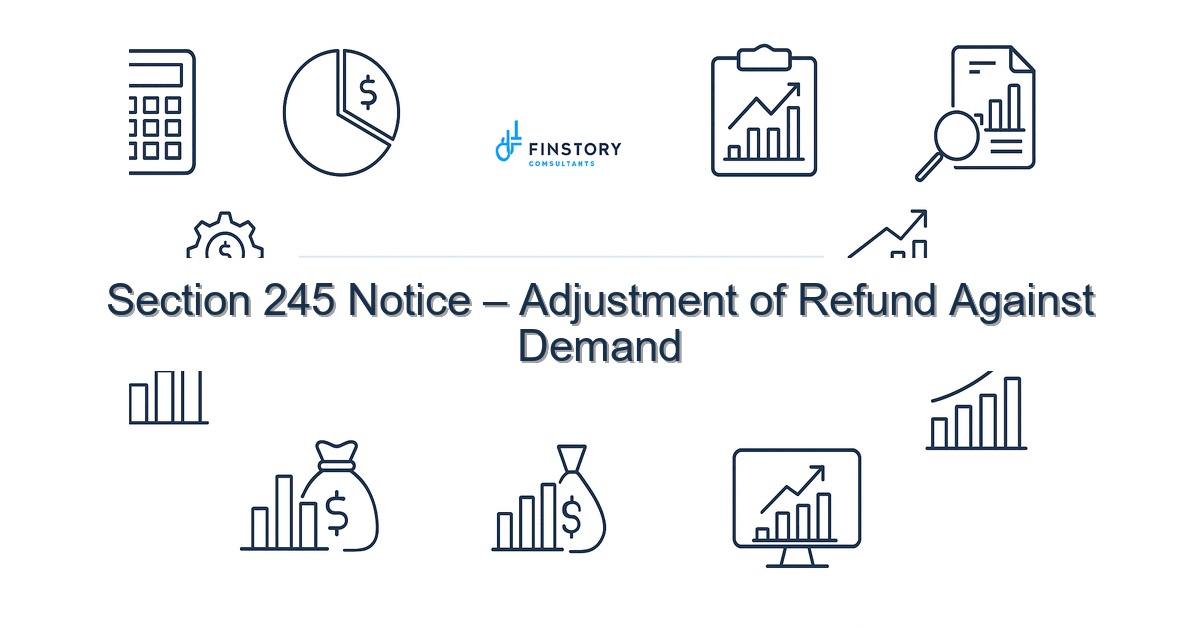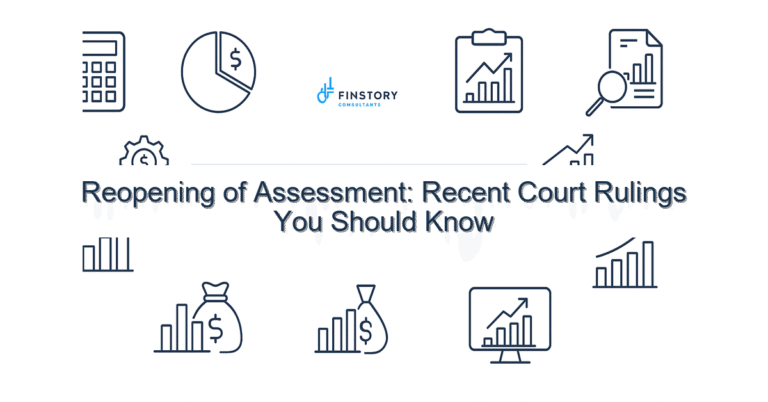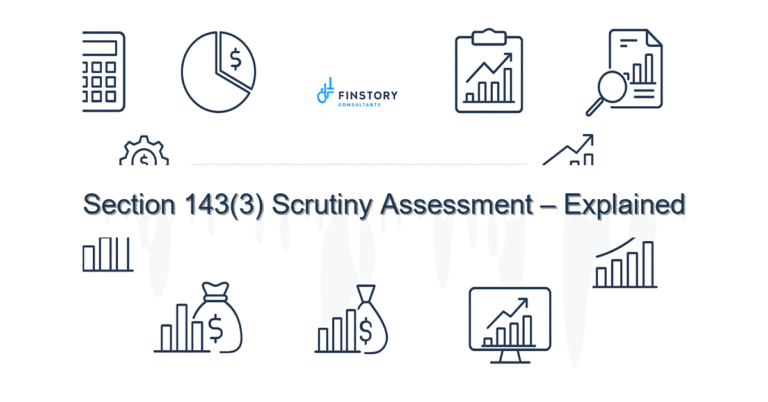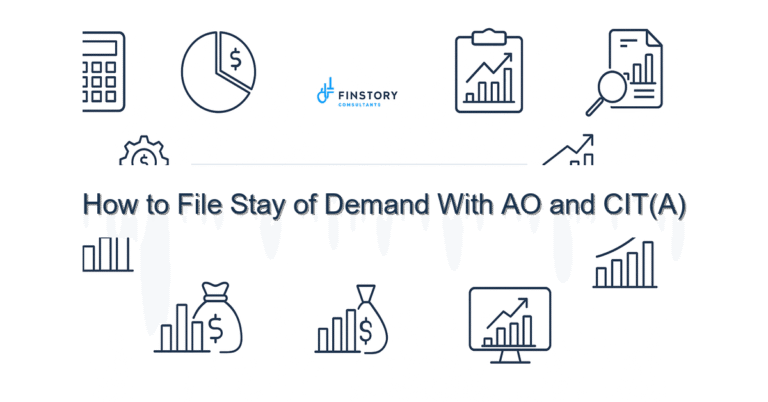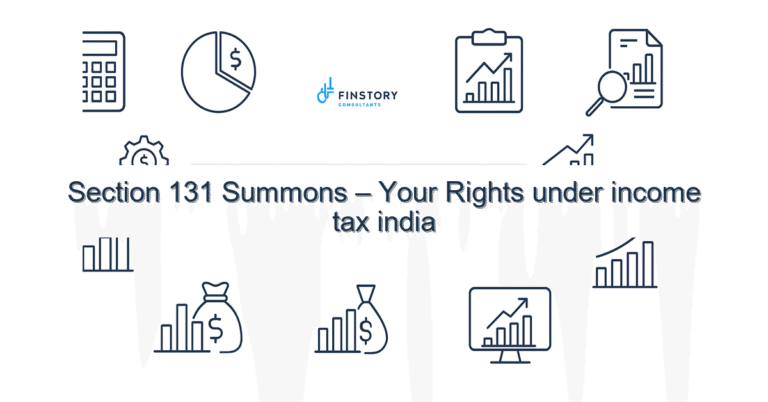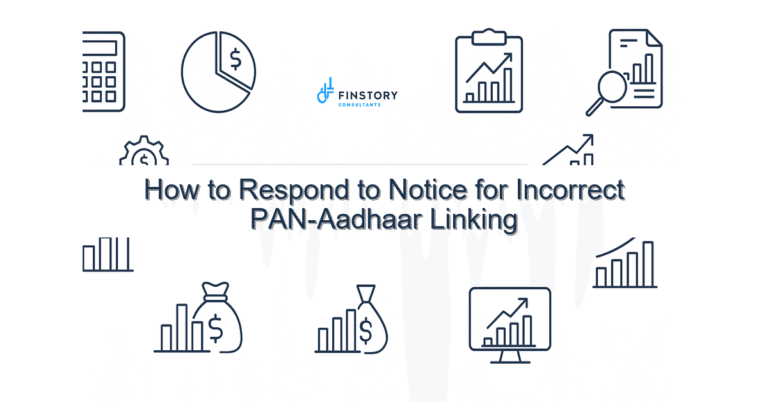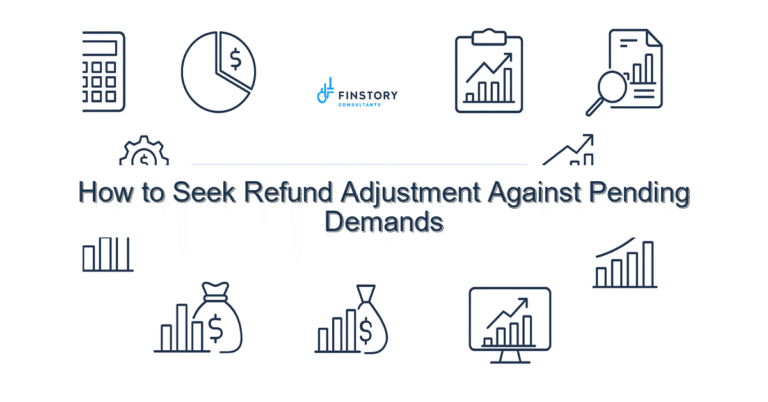Section 245 Notice – Adjustment of Refund Against Demand
Getting a notice that your tax refund is being adjusted against a demand can feel sudden and unfair — especially when you’re juggling salary slips, GST, or running an MSME. You’re not alone: many taxpayers miss the mechanics behind these adjustments and lose time and refunds as a result.
Summary: Section 245 allows the tax department to adjust a taxpayer’s refund against outstanding demands after issuing a notice; respond quickly, check AIS/26AS and the e-filing portal, object where valid, and seek professional help to avoid losing legitimate refunds.
What’s the real problem in India?
In practice, Section 245 of the Income-tax Act lets the Assessing Officer (AO) set off a refund due to you against tax demands for the same or any other assessment year. For many salaried individuals, professionals, founders and MSMEs this shows up as a sudden reduction of a refund credited to their bank account. Confusion is worsened by tax-year (PY/AY) conventions, CBDT timelines, and multiple forms and portals to watch (e-filing, AIS/26AS).
- Symptom 1: You expected a refund after filing ITR, but the credited amount is lower (or zero).
- Symptom 2: You receive a terse Section 245 notice with limited time to respond and unclear supporting details.
- Symptom 3: Mismatches between Form 26AS / AIS and the tax department’s record (TDS/TCS entries or demand numbers).
- Symptom 4: Confusion over assessment years, especially if you switched employers or changed tax regimes (new vs old regime slabs).
What people get wrong
Many common mistakes increase the risk of losing refunds or prolonging disputes:
- Ignoring the notice or delaying response — Section 245 adjustments can proceed even if you don’t reply.
- Relying only on bank statements — the e-filing portal and AIS/26AS often contain the decisive entries.
- Assuming TDS/TCS is accurate — employers or payers sometimes misreport, so cross-check against Form 16/16A and 26AS.
- Not using prescribed objection routes — there’s a process to contest an adjustment under Section 245 that must be followed.
A better approach
Think of handling a Section 245 notice as a fast triage followed by a precise defence. Here’s a short, practical framework to follow.
- Confirm the demand: Immediately check the notice for the demand number, AY/PY and the outstanding amount. Match it with AIS/26AS and the e-filing account.
- Gather evidence: Collect Form 16/16A, bank credit advices, tax payment challans, and communication with your employer or payer proving TDS/TCS.
- File a timely objection: Use the format given in the notice to raise a written objection to the AO — include supporting documents and a clear accounting of refunds vs demands.
- Escalate if needed: If the AO’s reply is unsatisfactory, consider appeal routes — CIT(A) and further remedies exist, but timelines are strict.
- Engage a professional: If the demand is large or arises from complex issues (capital gains indexation, MAT credits, or refunds spanning multiple AYs), consult a tax advisor immediately.
Real-world example: A Bengaluru startup founder received a Section 245 notice for Rs. 4.2 lakh. Quick cross-check of AIS/26AS showed duplicate TDS entries from a contractor payment. After filing a focused objection with evidence, the AO reversed the adjustment and the founder got the full refund credited within 6 weeks.
Quick implementation checklist
- Open the Section 245 notice and note demand number, AY, and response deadline.
- Log into the e-filing portal and download the demand notice and stand-alone AIS/26AS.
- Reconcile Form 26AS with Form 16/Form 16A and your bank statements for the relevant AYs.
- Collect tax payment challans (ITNS) and proof of any previous refunds or adjustments.
- Draft an objection letter addressing each line item of the demand; attach documentary proof.
- Submit the objection through the mode prescribed in the notice (online or physical) and obtain acknowledgement.
- If the issue is TDS/TCS mismatch, write to the deductor (employer/payer) for correction and updated TDS certificates.
- Track the case on the e-filing portal and follow up with the AO if you don’t get a resolution within reasonable time.
- If unresolved in 30–45 days, consider consulting a tax professional to evaluate appeal options.
- Keep a checklist of common personal tax items (ITR filing last date reminders, Section 80C limit use, and whether you chose new vs old regime slabs) to prevent future surprises.
What success looks like
Effective handling of a Section 245 notice should deliver measurable improvements:
- Higher refund recovery rate — you retain the full refund or most of it.
- Fewer notices — corrected records reduce repeat Section 245 actions.
- Faster ITR processing — clearer records and reconciliations speed up AO decisions.
- Lower dispute costs — early evidence collection avoids lengthy appeals.
- Improved cash flow — quicker refunds free up working capital for MSMEs and founders.
Risks & how to manage them
Risks include losing refunds to genuine demands, protracted appeals, and penalties for non-compliance. Manage them by:
- Responding promptly to notices — missed deadlines reduce options.
- Keeping accurate TDS documentation and reconciling AIS/26AS periodically.
- Getting professional help for complex matters (capital gains indexation, foreign income, carry-forward losses).
- Maintaining a digital folder of tax documents for each AY to speed responses.
Tools & data
Key tools to use right away:
- AIS/26AS — the single source to verify TDS/TCS, tax payments and refunds.
- E-filing portal — download notices, response forms, and track case status.
- Bank statements and Form 16/16A — reconcile TDS and refunds.
- TDS/TCS tracking tools or accounting software used by your business to find reporting gaps.
- Reference resources: [link:ITR guide] and [link:tax-saving tips] for year-round planning (Section 80C limit, ITR filing last date reminders, and choosing between new vs old regime slabs).
FAQs
Q: What is a Section 245 notice?
A: It’s a notice under the Income-tax Act proposing to adjust your refund against an outstanding demand. The AO will cite the demand number and AY; you have a short window to object.
Q: Can I stop my refund being adjusted?
A: You can object by submitting evidence showing the demand is incorrect, already paid, or not legally recoverable. Timely, documented objections improve chances of stopping the adjustment.
Q: How does AIS/26AS help?
A: AIS/26AS shows tax deducted/collected, tax payments and refunds. Reconcile it with Form 16/16A and your bank records to identify mismatches before you respond.
Q: Does handling a Section 245 notice require a CA/Tax lawyer?
A: Simple mismatches can be handled by well-prepared individuals, but complex cases (large demands, issues like capital gains indexation, or cross-year credits) are best managed with professional help to avoid mistakes and delays.
Next steps
If you’ve received a Section 245 notice, start with the checklist above and gather your AIS/26AS and related proofs. If the demand is significant or the notice wording is unclear, don’t wait — contact a tax expert to build a focused objection and protect your refund.
Work with Finstory. Speak with an Expert for a personalised plan to reduce your tax outgo and stay compliant. Book a free 20-min consultation.
📞 Need help with Income Tax in India?
Book a 20-min consultation with our tax team. Individuals, founders & MSMEs welcome.
Prefer email or phone? Write to info@finstory.net
or call +91 44-45811170.
